Diversity surrounds us and plays an important role in all of our lives. The idea of one’s origins and the pride that surrounds it defines people’s behaviors, clothes and even friendship choices. The book, My Name Is Maria Isabel by Alma Flor Ada provides the reader and teacher with a unique look at how differences between everyone can both divide and bring people together.
Summary
The story, My Name Is Maria Isabel introduces the reader to a girl name Maria Isabel Salazar Lopez, who moves to a new town and quickly discovers 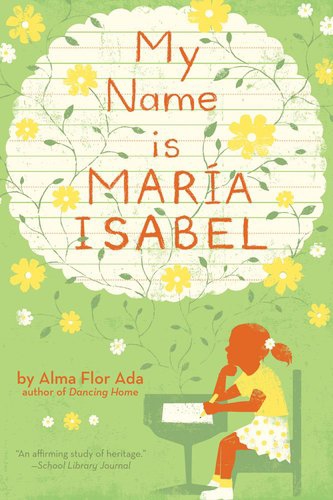 that there are a number of girls in her new class who share her name. She therefore decides to allow her teacher to call her Mary Lopez instead of Maria Isabel. As the teacher calls names for the parts in the school play, Maria Isabel misses her name when her teacher calls “Mary” instead of Maria Isabel. This devastates Maria Isabel and allows her to fully see how important her name is to her and her heritage. When assigned an essay assignment in school, in which the teacher asks her to write about one wish she has, she finds the courage to show pride for her heritage and her name by requesting that she be called, “Maria Isabel.” The teacher ends up granting her wish, and Maria Isabel settles into her new school, proud in her culture.
that there are a number of girls in her new class who share her name. She therefore decides to allow her teacher to call her Mary Lopez instead of Maria Isabel. As the teacher calls names for the parts in the school play, Maria Isabel misses her name when her teacher calls “Mary” instead of Maria Isabel. This devastates Maria Isabel and allows her to fully see how important her name is to her and her heritage. When assigned an essay assignment in school, in which the teacher asks her to write about one wish she has, she finds the courage to show pride for her heritage and her name by requesting that she be called, “Maria Isabel.” The teacher ends up granting her wish, and Maria Isabel settles into her new school, proud in her culture.
Classroom Suggestions
This book can be appreciated and enjoyed by both teacher and students alike because each and every person can relate to their name, its origins and the way it makes them feel. I have used this book as an ice breaker and as a way to get to know the students in my room at the beginning of the year. Sharing this book allows students to recognize their own unique attributes, and they typically cannot wait to share information about themselves. I have also used this book as a way to introduce a new student to the rest of the class. Maria Isabel’s story helps new students feel special and allows him/her to connect with literature. The story also provides me a built in writing lesson with the one Maria Isabel’s teacher assigns in the book, asking students to express a wish they have. Coupling My Name Is Maria Isabel with Kevin Henke’s Chrysanthemum (Grades K-2, Level M, Lexile 460), my students and I focus on the importance behind our own names, which moves us easily into another writing activity/reflection piece that includes instruction on point of view and perspective as well.
Not only is this book diverse in its characters, but also diverse in its classroom uses. When looking for a good book to introduce research and  incorporate Social Studies into Language Arts, this book has been a go-to resource for me. Maria Isabel’s Mexican heritage and the idea of immigration are topics that readily lend themselves to research projects, and the children in my class find it easy to connect with the characters in the book when doing this type of research. Lastly, this book could be used to introduce the importance of showing kindness to others and an understanding for everyone’s differences by relating the experiences of Maria Isabel to those of a group of students. A discussion about these differences is recommended as an extension, which will allow children of all backgrounds to find common ground.
incorporate Social Studies into Language Arts, this book has been a go-to resource for me. Maria Isabel’s Mexican heritage and the idea of immigration are topics that readily lend themselves to research projects, and the children in my class find it easy to connect with the characters in the book when doing this type of research. Lastly, this book could be used to introduce the importance of showing kindness to others and an understanding for everyone’s differences by relating the experiences of Maria Isabel to those of a group of students. A discussion about these differences is recommended as an extension, which will allow children of all backgrounds to find common ground.
Student Feelings
Using this book in class usually results in the opportunity for students to connect with and accept who they are, as well as who others are. This book allows a close look at Maria’s feelings and how her culture impacts her day-to-day activities. Students generally are able to connect with the idea that something important to them was misunderstood, much like Maria’s name and the cultural implications behind it.
With diversity playing a major role in everybody’s life, it is no wonder that, My Name Is Maria Isabel would be the perfect classroom choice to help students feel comfortable about who they are and to help them find pride in their origins. From cultural implications surrounding various names to learning to accept others, this book provides the perfect blend of serious content and a sort of coziness, which makes this book relatable. All of these things make this book a highly recommended literature choice to accept and help support diversity in the classroom.



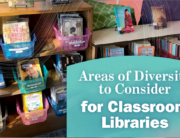
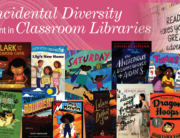

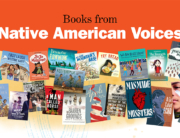
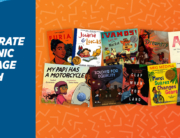
Leave A Comment